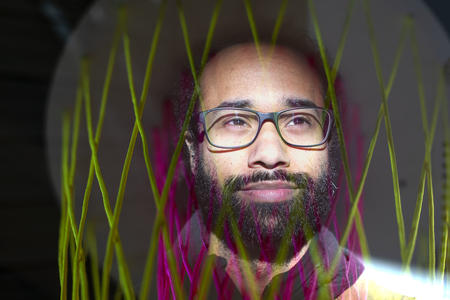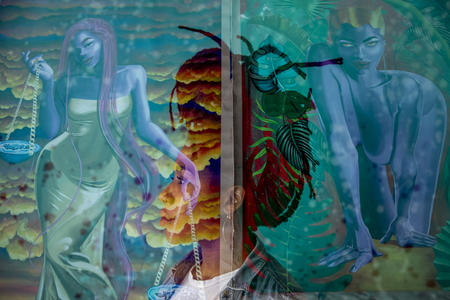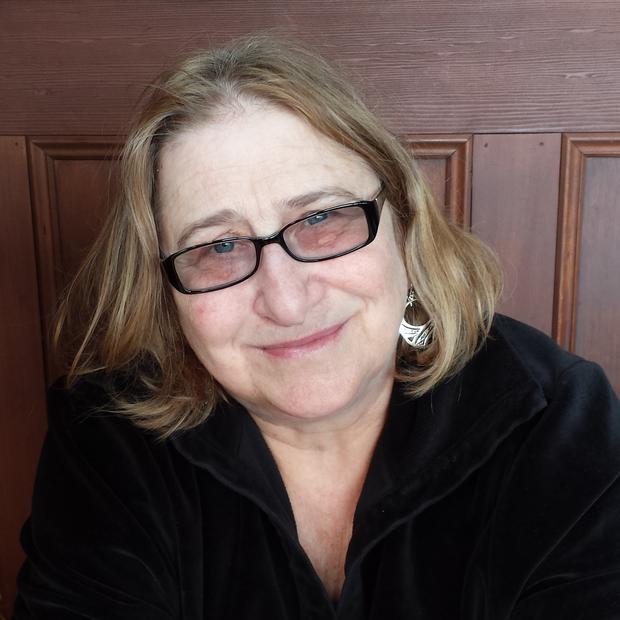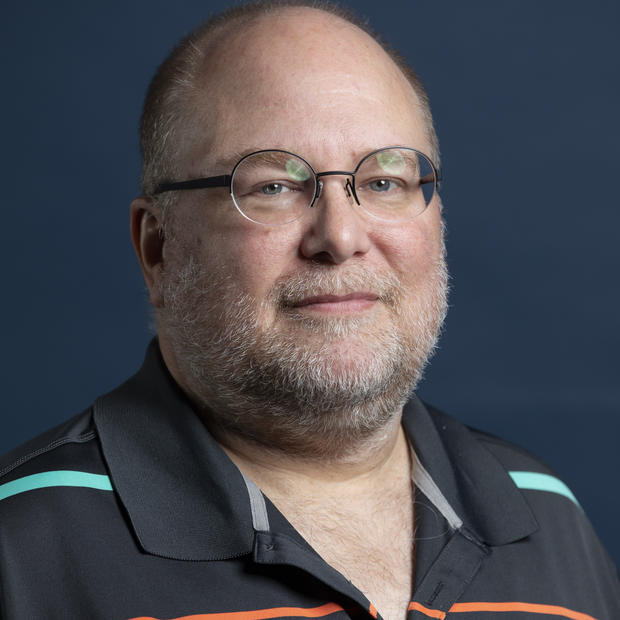
Trouble in Mind
The place: Rain City (aka Seattle). The time: That’s a bit trickier. In director Adam Rudolph’s Trouble in Mind, M*A*S*H-era jeeps roam wet downtown streets, all the while blaring ominous recorded messages: “Citizens of Rain City — Join the militia!” Yes, the cars range in era from 1950s sedans to 1970s hot rods, but this isn't the past, this is some burned out dystopian future. How do we know? People are sporting striped eyebrows and Kajagoogoo haircuts, and parking meters have been hooded with a mysterious domino symbol. Into this moist milieu strides Kris Kristofferson, a cop fresh outta jail and in need of “a woman and a job.” I wish I could report that the dialogue improves from there, but this is neo-noir, see, so the flat affect is de rigueur and the pithy wisdom plentiful (“Been to plenty of cities, they ain’t nothin’ but trouble”). But aside from a brief “no means yes” scene that hasn’t aged well, Trouble in Mind is a wonder to behold — because it was filmed in Seattle, in the mid-1980s. It offers a time-capsule peek at Belltown, Pioneer Square and other downtown locations, plus a climactic party scene shootout at the Seattle Asian Art Museum. This week brings the unusual chance to watch a movie that was filmed inside SAAM while you're sitting inside SAAM, which earlier this month reopened after a massive makeover.
Tricked out as the home of a mobster played by Divine (in his first male role), SAAM is stocked with (apparently) disposable Chihuly glass, paintings loaned by Greg Kucera Gallery, and a multitude of locally sourced extras who, rumor has it, spent the entire night in Volunteer Park filming the scene. As for the plot of Trouble in Mind, well, better to simply enjoy the specter of a young Keith Carradine transforming from an idealistic rain forest camper to a jaded city slicker who looks a lot like one of the Stray Cats. Fresh off his role as the Brother from Another Planet, Joe Morton is a dealer of stolen goods, which he plays as if he’s still some kind of alien. And here too is poor Lori Singer, at this point already living under the career shadow of lookalike Darryl Hannah, playing an ingénue men can’t help falling for. Best not to ask why Kristofferson happens to have a dollhouse-scale model of the city grid, nor how a person can drown inside a car parked on pavement. Just revel in the nostalgia wash of seeing old Seattle on screen: There’s the King Dome! And the once-sexy Camlin Hotel. And the Alaskan Way Viaduct (too soon?). Meanwhile, over and over, the Monorail races by — a relic of the imagined future that didn’t pan out for Rain City. –B.D.
If you go: Trouble in Mind with director Adam Rudolph in attendance, Seattle Asian Art Museum, Feb 26 at 7:30 p.m. Tickets available at Seattle Art Museum desk or by phone at 206.654.3210.
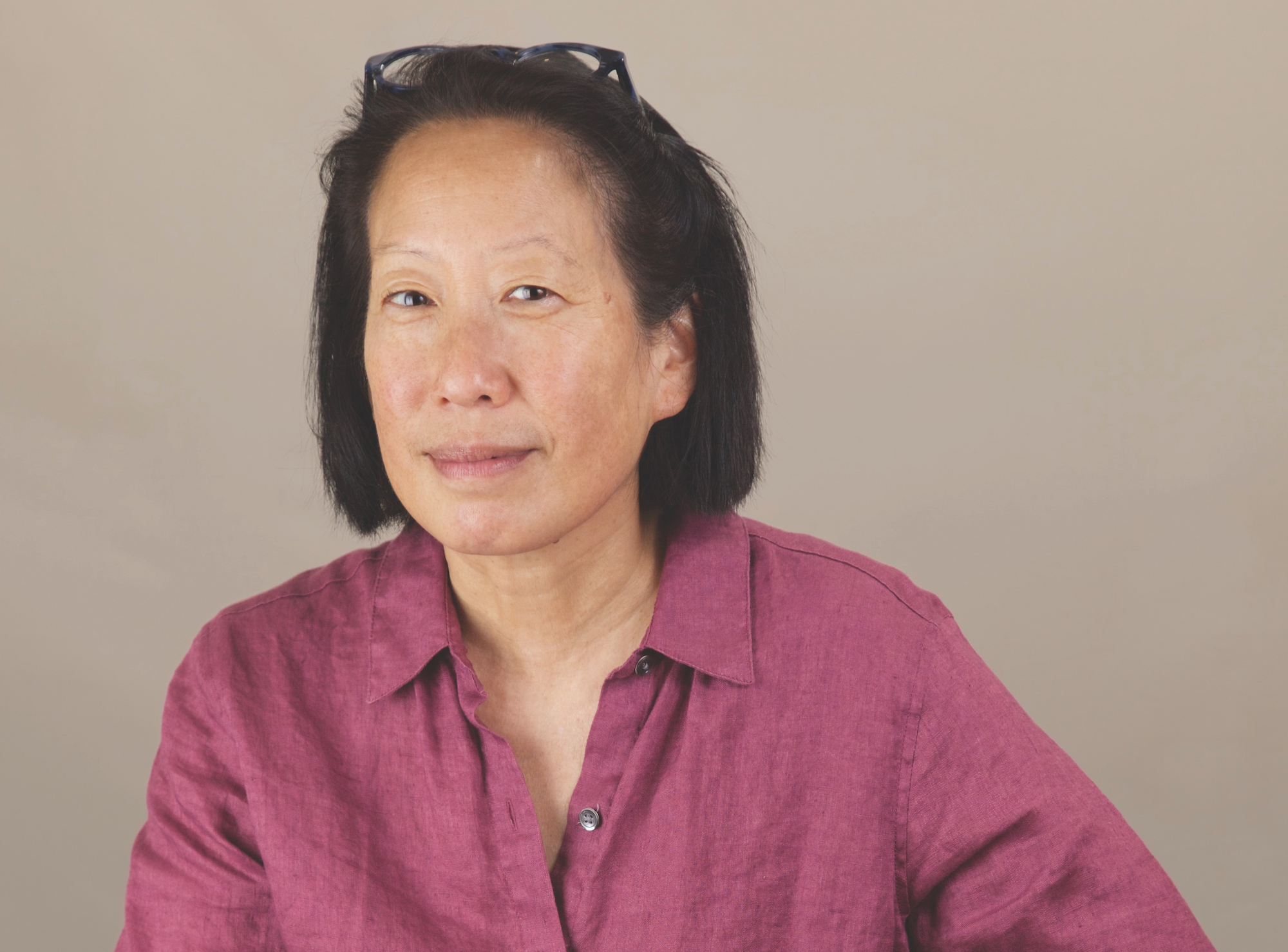
Gish Jen: Politics and Possibility
Could Donald J. Trump’s presidency and the current political climate be considered a gift to writers? It's a contention that might run into some resistance, but Gish Jen, acclaimed novelist (The Love Wife; Who's Irish?) and author of the new dystopian novel The Resisters, believes so. “Philip Roth once said that writers need amiable irritants; there is a way in which the current climate is not even an amiable irritant but a plain irritant-irritant,” Jen explains. “And that’s been wind in, not only in my sail, but in the sails of many. The tricky part, of course — for me as for others — has been to keep a hand on the tiller. You want to harness the wind, not to be blown around by it.” At Hugo House, Jen will speak about “politics and possibility,” the Trump era, as well as her new novel about futuristic class warfare in a post-climate-disaster surveillance state. Newsday has called it a “1984 for our times.” –M.V.S.
If you go: Politics and Possibility at Hugo House, Feb. 20 at 7 p.m. ($5-$30)
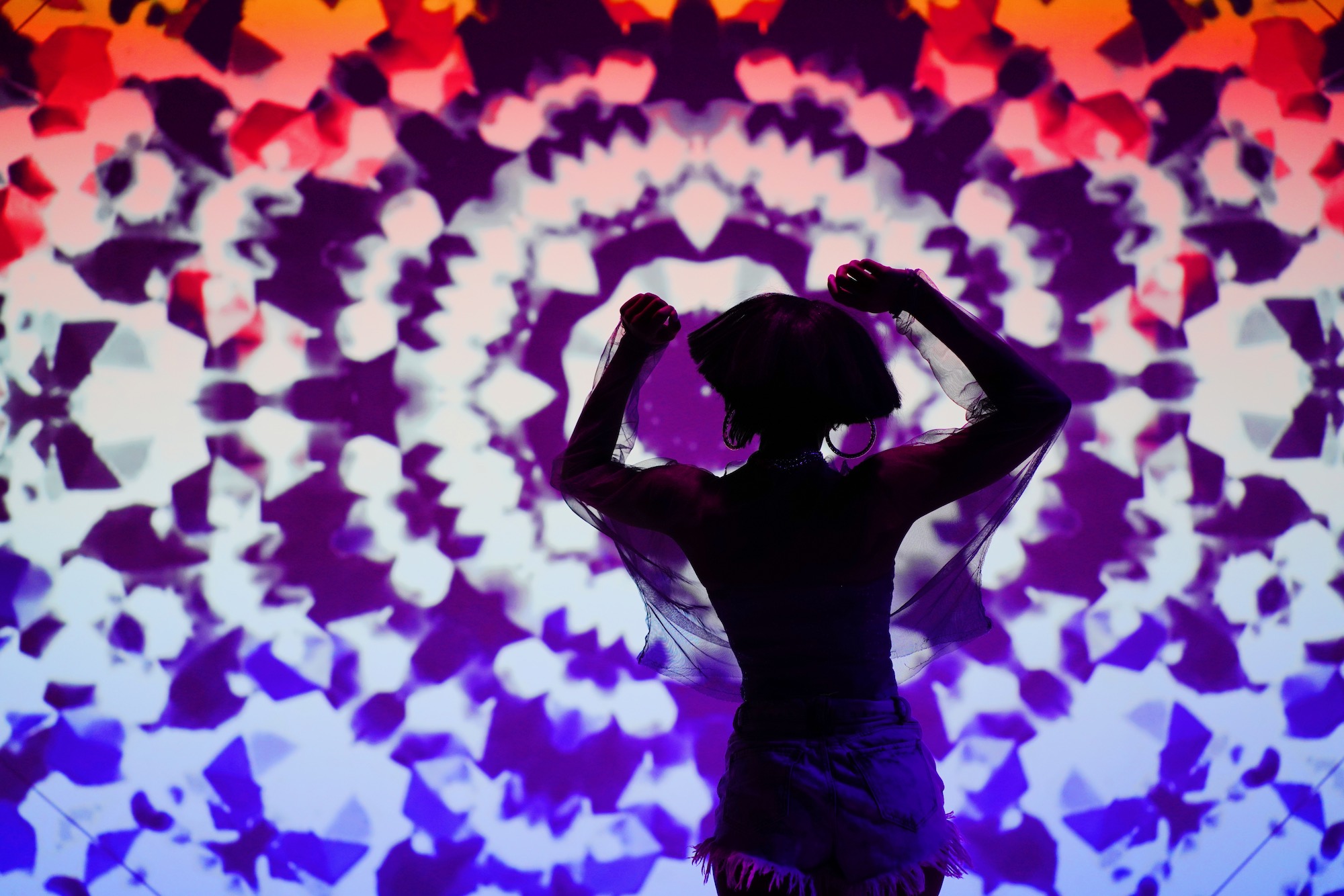
Solo: A Festival of Dance
Those who have attempted a solo outing to a concert or a restaurant know the feeling: at times it seems like a hundred eyes are following your every move. And yet (or perhaps because of this), venturing out alone can feel like a small act of defiance. In Solo, a 2-year-old dance festival at On the Boards, five dancers explore the aesthetics and politics of going solo, this time on stage, with only body and movements as armor. Among the one-person performers are recent Creative Capital awardee jumatatu m. poe and local dancer Jade Solomon Curtis, the latter of whom explores the particular pain of being a Black woman in “Keeper of Sadness.” Curtis knows a thing or two about solos: She founded the arts nonprofit Solo Magic, was a celebrated soloist with Donald Byrd’s Spectrum Dance Theater and produced the solo “Emancipation” as part of the landmark exhibition Kehinde Wiley: A New Republic at the Brooklyn Museum. Additional day and late-night programming packs the lineup with more punch, thanks to co-curation by beloved local choreographer Dani Tirrell. –M.V.S.
If you go: Solo: A Festival of Dance at On The Boards, Feb. 20-23. ($12-$32)

The New Colossus
As the humanitarian crisis worsened during the current civil war in Syria, noted actor and activist Tim Robbins decided it was time to concoct a theater piece addressing the role of immigration in U.S. history and society. The title of the show was inspired by the name of the poem inscribed on the Statue of Liberty (“Give me your tired, your poor…”) by Emma Lazarus, “The New Colossus.” Given the current immigration crisis in the U.S., the production (now on a national tour) seems more timely than ever.
Working with his Los Angeles-based troupe, The Actors Gang, Robbins co-wrote and directed this pastiche of stories based on the immigrant backgrounds of the cast — a dozen actors with ancestral roots in many nations. Their family backgrounds are varied, but what unites them (and the majority of Americans today) was the desire of forebears over the past three centuries to migrate to this country in search of a better life.
Robbins sees this as a chance to explore what many citizens of different races, religions and political persuasions share in common. “We are descended from people who said no,” Robbins said in a recent interview on the TV show The View. “They said, ‘I will not tolerate famine. I will not tolerate religious oppression. I will not tolerate fascism. I will not tolerate Communism’ — and they risked their lives to leave….To land with nothing, that’s a pretty extraordinary story, and survive. That’s a mythic story, a hero’s journey.”
After each performance of The New Colossus, the performers solicit stories from audience members about their own families’ immigration odysseys. Not surprisingly, some have remarkable tales to share. –M.B.
If you go: The New Colossus at The Moore Theatre, Feb. 20 and Feb. 21 at 7:30 p.m.; Feb. 22 at 3 and 8 p.m. ($22.50 - $42.40)

Seattle Asian American Film Festival
Just over a week ago, South Korean director Bong Joon Ho’s Parasite swept the Oscars, taking home more awards than any other film this year, including Best Directing, Best International Feature Film, Best Original Screenplay and Best Picture. Beautifully constructed and deliciously freaky, Parasite was also the first non-English language film ever to win an Oscar for Best Picture. All of which is to say, it’s the perfect time to hit the Seattle Asian American Film Festival and sustain the excitement about Asian cinema. This year’s offerings include Love Boat Taiwan, a documentary about student summer program known for hookups; Bitter Melons, a short film about a Cambodian line cook; Fallen Star, Rising Sun, the true story of a Laotian refugee who takes up bodybuilding in Illinois; Song Lang, a feature film about an opera singer and a loan shark in 1980s Saigon; and Happy Cleaners, about a Korean immigrant family struggling to keep their dry cleaning business afloat. There’s such a wide range of topics and genres to explore, you’ll become something of an expert over the course of a long weekend. –B.D.
If you go: Seattle Asian American Film Festival, Feb. 20-23 at Broadway Performance Hall and Northwest Film Forum. Times and prices vary.
Music, Arts, and Ideas festival
There is, perhaps, a tinge of grandiosity in calling your three-day music event “the most intimate music festival in the world,” but in the case of the Music, Arts, and Ideas festival (MAI) at Doe Bay Resort, the description’s pretty apt. This year, the organizers of the Orcas Island music festival are expecting about 200 people, tops — and that number includes attendees, volunteers, artists and performers. “MAI Festival could be considered a microfestival, where it is extremely small in size, but people really feel a lasting impression from the experience,” says Rory James, the festival’s founder. As for intimacy, most of the indie music performances happen in a yoga studio or retreat house, and the festival also offers sound baths, ideas on awakening your “inner animal” and “secret” one-musician-one-audience-member performances that take place in a yurt, naturally. –M.V.S.
If you go: MAI — Music, Arts, and Ideas festival at Doe Bay Resort, Feb. 21-23. ($60-$120)
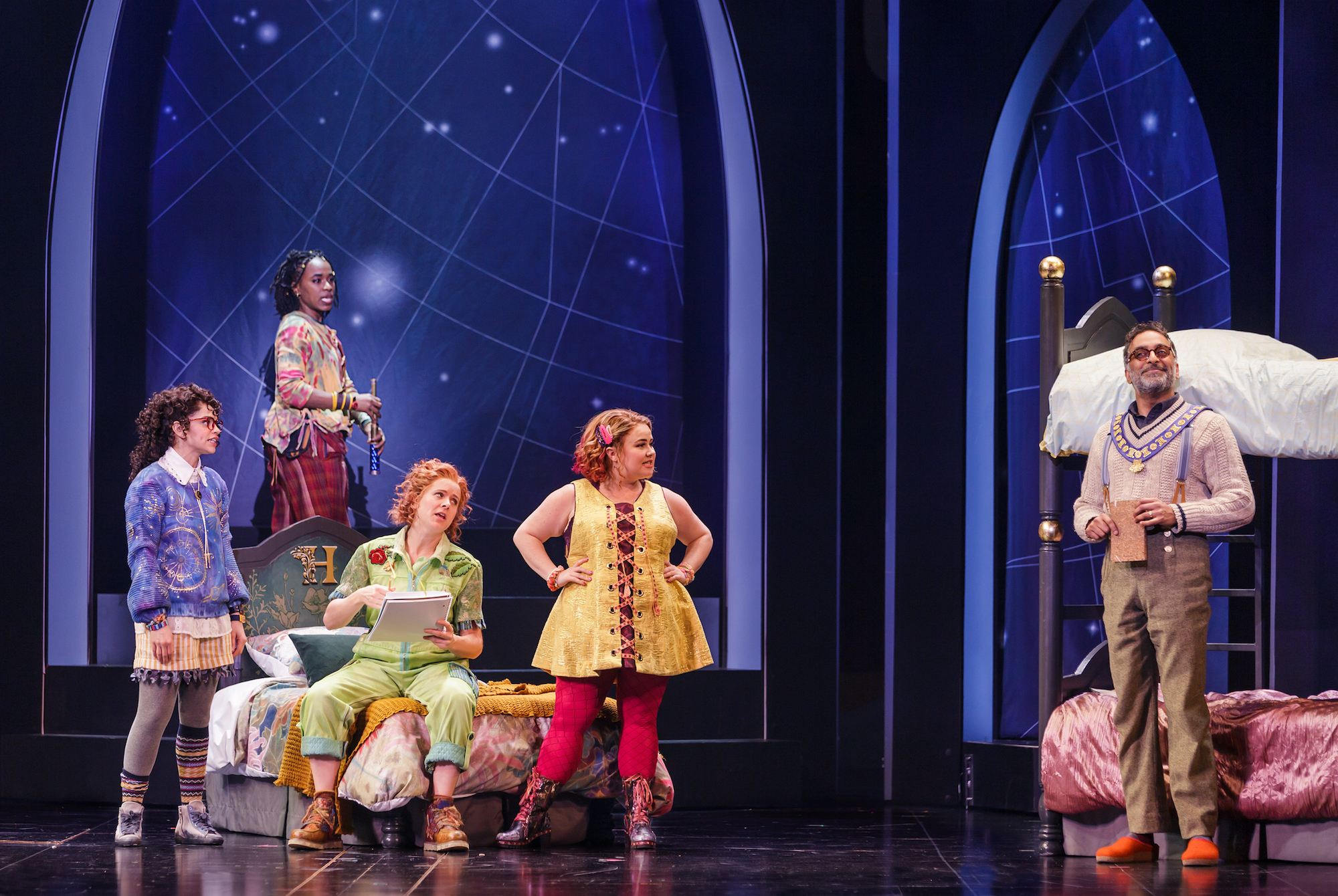
Bliss
Ever since Disney put its animated princesses on stage (and Wicked did the same for young witches), Broadway musicals have garnered a populous new audience sector: tween-age girls.That seems to be the target audience for the snappy new musical Bliss, debuting now at The 5th Avenue Theatre, courtesy of creative team Emma Lively and Tyler Beattie. In concert with the times, this show is a “fractured fairy tale” that shuns the old-school vision of young royals in favor of one informed by contemporary grrrl power. The four sister-princesses here are varied in race, personality and body type, and they’d rather be out following their bliss (slaying dragons, mapping the stars) than remaining shut up in a tower by their meanie monarch dad. Who can blame them? But can the story, sincere and comical, outfitted with clever tunes and adventures, lift Bliss toward Broadway? Stranger things are happening to real-life princesses every day. –M.B.
If you go: Bliss at The 5th Avenue Theatre, through Feb. 23. ($32-$149)
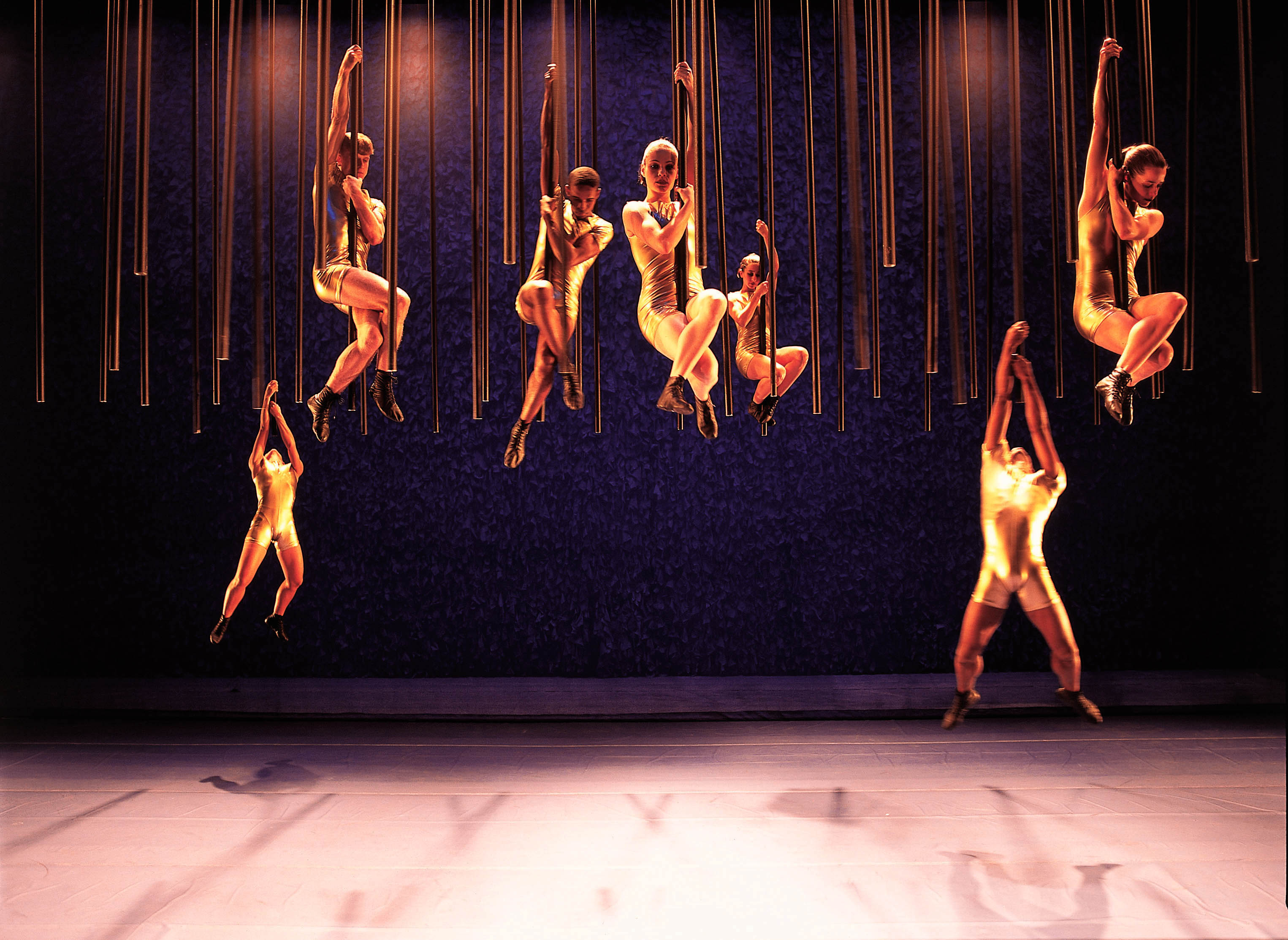
Grupo Corpo
What is it with Bach these days? No other Old Master composer holds such continuing fascination with art makers in various fields. Probably this is largely a result of his music’s sonic adaptability: Whereas, say, Chopin sounds good only on the piano, Bach’s works rely for their effect far less on nuances of color than on their dazzling intricacy, melodious immediacy and rhythmic animation. Anyone can play his music on anything, and anyone has, from Wendy Carlos (remember Switched-On Bach on the Moog synthesizer?) to marimba player Erin Jorgensen (see below), and it remains a source of inspiration for contemporary composers. His appeal is even pan-cultural, as proved by Grupo Corpo, the Afro-Brazilian dance troupe that is bringing a dance piece titled, simply, “Bach” to Meany Center this weekend. Composer Marco Antonio Guimarães provided an electronic score quoting, expanding on and hinting at J.S.’s music; choreographer Rodrigo Pederneiras describes his work’s connection to the music as “like a game between what one hears and sees.” That’s half the evening; the other is devoted to Gira, in which Pederneiras “(re)constructs the powerful glossary of gestures and movement” of indigenous Brazilian religious rituals. –G.B.
If you go: Grupo Corpo at Meany Center, UW campus, Feb. 20-22 at 8 p.m. ($61-$69)

Weather
Why more Seattle presenters have not thought to combine classical music and brunch is inexplicable, but only percussionist Erin Jorgensen has done so, pairing in recent years Bach’s six cello suites (transcribed lusciously for marimba) with pancakes and mimosas on Sunday mornings in a funky Capitol Hill basement and at On the Boards. Bach again is the center of gravity for Weather, an evening of new music she's organizing and hosting. Jorgensen has gathered a couple dozen musicians to premiere Seattle composer James Holt’s “Prelude,” a complex and “beautifully immersive” extrapolation on one of those Bach solo cello movements, to be played as preamble by the Seattle Symphony’s Nathan Chan. (“Haze and fog will be used in this production,” the website alerts us, so they’re clearly cooking up something theatrical.) Works by post-minimalist pioneers Michael Gordon (for string sextet) and Eve Beglarian (for electric guitar) fill out the evening. –G.B.
If you go: Weather at Washington Hall, Feb. 24 at 8 p.m. ($12-$25)
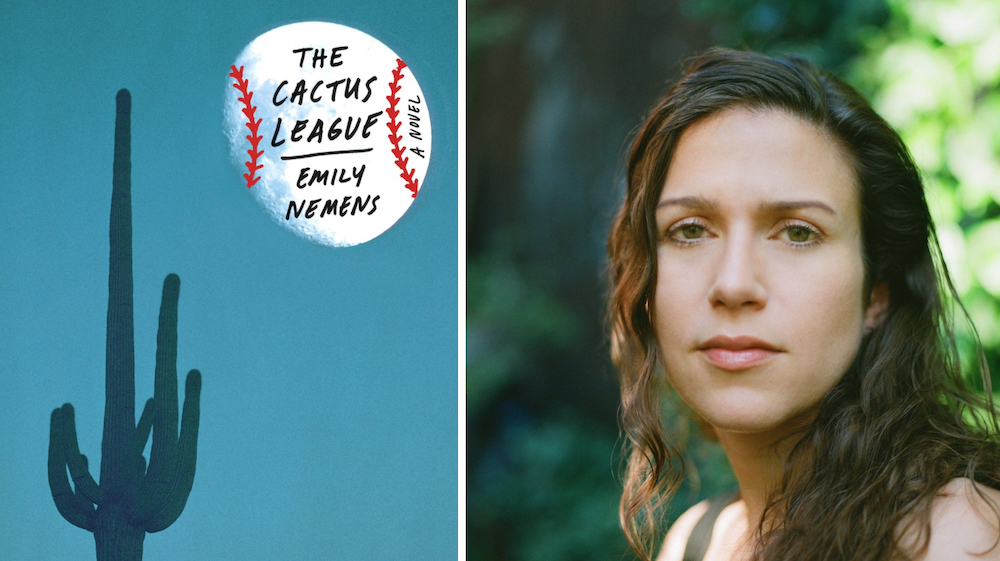
Emily Nemens: The Cactus League
It’s not every day a Garfield High student ends up as the editor of The Paris Review — arguably the most storied periodical in the history of American letters, showcasing writers from Calvino to Kerouac and Nabokov to Neruda. But Emily Nemens has filled that august post for almost two years now. She’s back home briefly to present her debut novel, The Cactus League, which centers on a star pro baseball player and the snakepit of secrets, anxieties and colorful characters (including the stadium organist) that surround him during preseason in the Arizona desert. At first glance it seems to promise the delights of an Altman film: a thousand or two vivid subplots all tangentially related. She’ll chat with Port Townsend short-story writer Adrianne Harun, whose latest acclaimed collection is Catch, Release (“acutely destabilizing,” “wonderfully inscrutable” and “ravenously absurd,” said The New York Times Book Review). –G.B.
If you go: Emily Nemens at Hugo House, Feb. 26 at 8 p.m. (Free)

Forgotten Stories: Northwest Public Art of the 1930s
“Hell, they've got to eat just like other people!” It was with those words, spoken by Harry Hopkins, in charge of work relief during the Great Depression of the 1930s, that artists were included in the New Deal’s work-relief program. Across the nation, thousands of artists created art for schools, universities, post offices, hospitals and government buildings. Regional contributions to New Deal Art were long thought limited, but on the contrary, “Research has now shown that the projects in the Northwest were widespread and highly productive, employing over 600 artists resulting in thousands of artworks,” says Margaret Bullock, Tacoma Art Museum’s curator of collections and special exhibitions.
For Forgotten Stories, TAM tracked down photos and paintings from Idaho, Montana, Oregon and Washington (some of which have not been seen since their creation), as well as several large-scale murals that rarely leave their permanent locations. Come for early works by prominent artists such as Morris Graves and photographer Minor White, stay for “forgotten” artists, such as Martina Gangle, Virginia Dacé and Charlotte Mish. –M.V.S.
If you go: Forgotten Stories: Northwest Public Art of the 1930s at Tacoma Art Museum, Feb. 22 - Aug. 16. ($15-$18)
Get the latest in local arts and culture
This weekly newsletter brings arts news and cultural events straight to your inbox.


